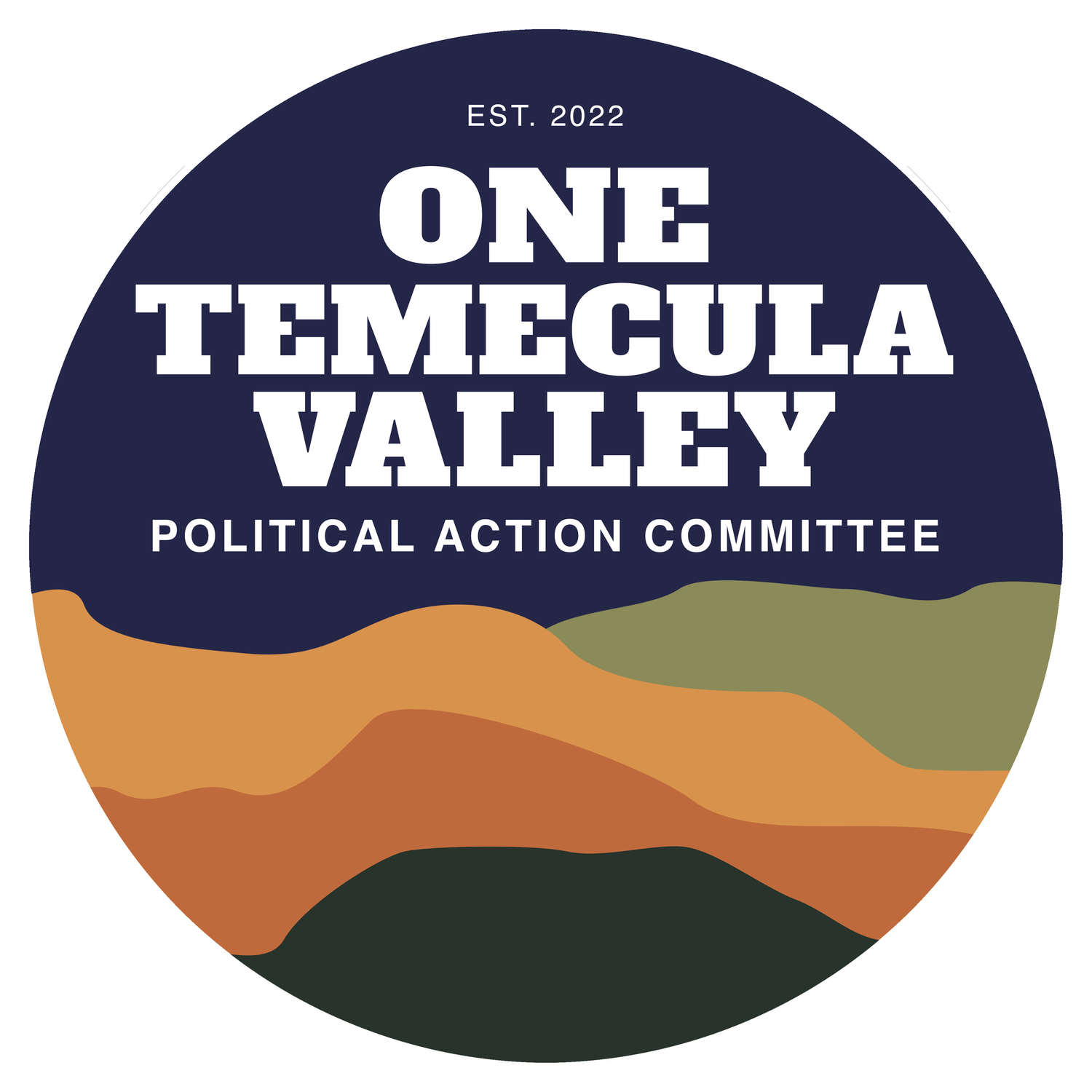Why School Voucher Systems Are Harmful and Costly for Taxpayers
AI Assisted Content
Over the years, school voucher programs have gained attention as a means to offer families more choice in education. Proponents argue that vouchers provide opportunities for students to escape failing public schools and attend private institutions that better suit their needs. While the idea may sound appealing in theory, the reality of voucher systems is far more complex and fraught with unintended consequences. In practice, voucher programs have proven to be harmful to public education, inequitable for families, and surprisingly costly for taxpayers.
What Are School Vouchers?
School vouchers are state-funded subsidies given to families to help pay for private school tuition. Instead of allocating tax dollars solely to public schools, these programs divert funds to individual families, effectively transferring public money to private and often unregulated institutions.
Erosion of Public Education
Public schools serve as the backbone of American communities, providing education, social services, and a sense of unity. When voucher systems are implemented, public schools lose significant funding. This is because vouchers redirect tax dollars that would otherwise be invested in public education.
With fewer resources, public schools struggle to pay teachers competitive salaries, maintain facilities, or fund extracurricular activities. This creates a downward spiral: as public schools decline in quality due to underfunding, more families opt for vouchers, further depleting public resources. The result? Public schools that cater to the vast majority of American children become increasingly under-resourced and unable to fulfill their mission.
Lack of Accountability
Unlike public schools, which are subject to strict state and federal regulations, private schools that accept vouchers are often not held to the same standards. They may not be required to administer state tests, adhere to academic benchmarks, or employ certified teachers.
Additionally, many private schools have selective admissions policies, allowing them to reject students based on academic performance, behavior, or even disabilities. This cherry-picking leaves public schools to serve the most vulnerable and high-need students, further straining their limited resources.
Exacerbating Inequality
Voucher programs are often marketed as tools to promote educational equity, but they frequently do the opposite. The value of most vouchers is insufficient to cover the full cost of tuition at many private schools, leaving lower-income families to cover the gap or forgo the opportunity altogether. Meanwhile, wealthier families, who can afford the remaining costs, disproportionately benefit from the subsidies.
This deepens the divide between the haves and the have-nots, creating a dual system of education where affluent students enjoy better-funded private schools while lower-income students are left in struggling public institutions.
Hidden Costs for Taxpayers
While voucher advocates claim these programs save money, the evidence suggests otherwise. Here are some of the hidden costs associated with voucher systems:
Administrative Expenses: Voucher programs require new layers of bureaucracy to administer and oversee, driving up costs for taxpayers.
Duplication of Services: By funding both public and private schools, voucher programs essentially force taxpayers to support two parallel education systems.
Fraud and Mismanagement: In many states, voucher systems have been plagued by scandals involving misused funds, unqualified schools, and lack of oversight.
Inflated Costs: Private schools often charge tuition rates far higher than the per-pupil spending in public schools. When vouchers do not fully cover these costs, families may lobby for increased subsidies, further straining state budgets.
What the Research Says
A growing body of research suggests that voucher programs do not deliver on their promises of improved educational outcomes. Studies from states like Indiana and Louisiana have shown that students who transfer to private schools using vouchers often perform worse on standardized tests than their peers who remain in public schools.
Moreover, the supposed "competition effect"—the idea that public schools will improve in response to the competition from private schools—has largely failed to materialize. Instead, public schools are left grappling with reduced funding and higher concentrations of disadvantaged students.
The Bigger Picture
The debate over school vouchers is not just about education; it’s about the future of American democracy. Public schools are one of the few institutions where children from all walks of life come together to learn, grow, and build the foundations of citizenship. Undermining this system with voucher programs threatens the social fabric of our communities.
Conclusion
Voucher systems may promise choice, but they deliver harm—draining public schools of resources, exacerbating inequality, and burdening taxpayers with hidden costs. Rather than diverting funds to private institutions, we should focus on strengthening our public schools so that every child, regardless of their zip code, has access to a quality education.
Public education is a public good. Let’s invest in it, not dismantle it.


